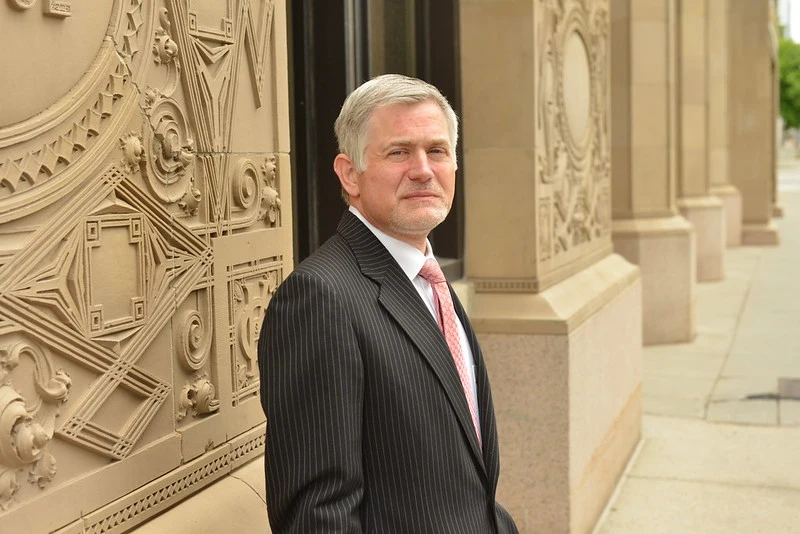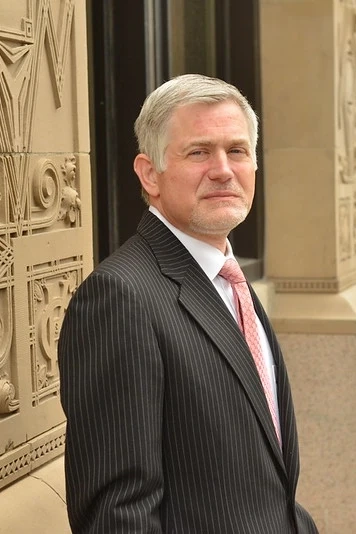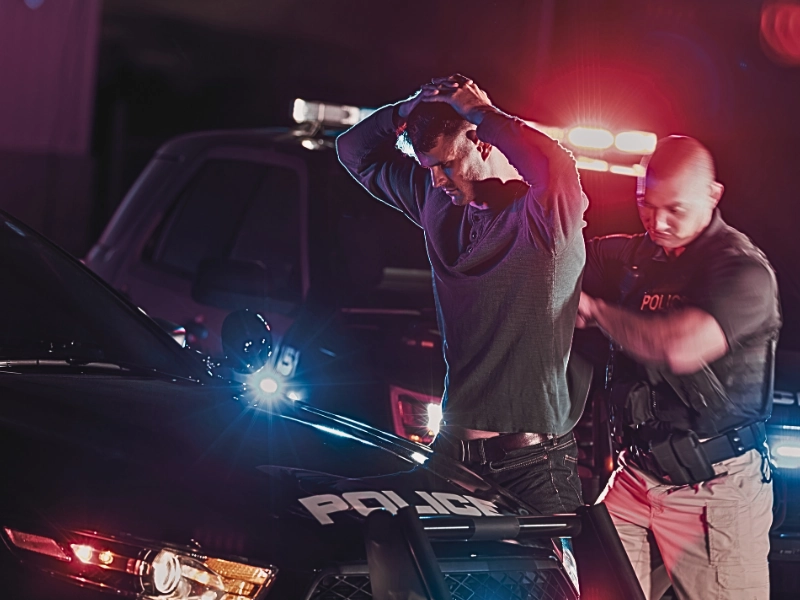Witness testimony serves as a cornerstone to many criminal trials. When testimony is available, juries often rely heavily on the words of witnesses to determine guilt or innocence. Unfortunately, even the most well-intentioned witnesses can make mistakes or be influenced by various factors. In some cases, misidentifications by witnesses can lead to serious miscarriages of justice – with innocent parties facing penalties for crimes they didn’t commit, and guilty parties going free.

The charges against a 35-year-old man in Minneapolis were dismissed recently after the Minneapolis Police Department determined he was misidentified as a suspect. He had been charged with one count each of prohibited possession of a firearm, threats of violence, and second-degree riot, as well as two counts of second-degree assault for an incident that occurred at a local homeless shelter. The man, who was cleared after his alibi was verified, drives a similar vehicle, has a similar relationship with a witness, and shares several physical characteristics with the newly identified suspect.
If you are faced with charges backed by witness testimony, you may think you have no options to defend yourself. Our dedicated felony lawyer in Minneapolis and St. Paul will thoroughly investigate the charges against you, including questioning the validity of witness statements. To discuss your rights, contact our law office today at 952-913-1421.
Table of Contents
What Factors Affect Witness Reliability?
Although often thought of as such, the human memory is not like a video recording. It can be complex, malleable, and susceptible to numerous influences. As such, human-related and external factors can impact how people perceive and remember events, including crimes. Due to such issues, those asking, “What should I do if I’m accused of a crime, but not charged?” should consult with a lawyer to discuss their rights and options, as well as the evidence against them, which may include eyewitness identification.
Common factors affecting witness reliability include:
Human Error
Factors relating to human error can commonly affect witness identifications. Over time, memories can become distorted, incomplete, or even fabricated. In addition to memory fallibility, perception biases can also impact the reliability of witness identifications. Perceptions are shaped by beliefs, experiences, and expectations. These biases can influence what people see, hear, and interpret, which can lead to errors in eyewitness identification and testimony.
Psychological Factors
Psychological factors can also influence how people see and recall events. Traumatic events can impact a witness’s ability to accurately recall details. Stress can impair memory, perception, and judgment.
Cognitive biases can also play a role in witness misidentifications. Biases, such as confirmation biases, can lead witnesses to selective remember information that supports their preconceived notions.
A common misconception is that witnesses who are confident in their identifications are more likely to be accurate. However, research shows minimal correlation between witness confidence and accuracy. Rather, confidence can be artificially inflated by subtle feedback or leading questions during the identification process.
External Influences
A number of external factors can also influence witnesses, their recollection of events, and thus, their identification of suspects.
The way questions are phrased can impact a witness’s response. Leading questions, which suggest a particular answer, can bias a witness’s testimony, and may even create false memories.
Sometimes, witnesses may feel pressure to conform to the expectations of law enforcement or the prosecutor. This may lead them to provide inaccurate or incomplete information. Financial gain or other rewards to provide testimony can also motivate some witnesses to provide testimony. Such motivations may compromise their objectivity and credibility, however.
Common Issues in Identification Procedures
In addition to the factors that can affect witness perception and memory, issues with the identification procedure process can influence the accuracy of witness testimony. According to the Innocence Project, witness misidentification was a contributing factor in 69% of DNA exoneration cases across the U.S.
Leading issues affecting the identification process include:
Suggestive Lineup Procedures
Despite measures aimed at making them unbiased, problematic practices can occur during lineups that may impact witness identification. In some cases, authorities who know the suspect’s identity may unintentionally or intentionally give subtle cues. Other times, suspects may stand out in the lineup by wearing different clothing or having a different background or appearance, for example.
Confirmation Bias
Confirmation bias can also affect criminal cases in Minnesota. As such, it should be taken into account when considering tips for interacting with law enforcement as a suspect. Once a witness makes an identification, investigators may focus exclusively on the identified suspect, overlook contradictory evidence, or dismiss alternative theories. Further, they may inadvertently reinforce the witness’s confidence.
Law enforcement had focused in on the 35-year-old man in the Minneapolis homeless shelter assault case. Although the charges in this case were dismissed, he remains a suspect in a separate incident at the same shelter.
Minnesota’s Standards for Eyewitness Evidence
Minnesota has made strides in reforming identification procedures. When conducting witness identifications, the Minnesota Bureau of Criminal Apprehension, the United States Department of Justice, the International Association of Chiefs of Police, and the National Academy of Science recommend the following best practices.
Double-Blind Administrations
To prevent bias in line-ups and photo arrays, the “double-blind” procedure helps ensure that the administrator does not know the suspect’s identity. This practice is not mandated by law across all situations but is considered a best practice to reduce the risk of wrongful identifications and enhance the reliability of eyewitness testimony.
Although Minnesota does not currently have a statute mandating double-blind procedures, many law enforcement agencies in the state follow this standard based on recommendations from organizations like the National Institute of Justice or state law enforcement training programs.
Sequential Presentations
Photo and live lineups should be done in a sequential order. Images or individuals should be presented one at a time. There should be no returning to previously viewed photos in photo arrays, and no group presentations allowed in live lineups. Both photo and live lineups should include a minimum of six participants.
To maintain consistency, the same photo sizes and qualities should be used for photo lineups. Live and photo lineups should both feature similar lighting and backgrounds for participants, and participants should have on comparable clothing whenever possible.
Notice that the Suspect May Not Be Present
Providing notice to witnesses that the suspect may not be present helps alleviate pressure to choose someone from a lineup. Before any presentation and prior to each identification attempt, administrators should clearly inform witnesses that the possible suspect may not be included in the lineup.
Documentation of Confidence
After making identifications, the eyewitness should provide a confidence statement that communicates the level of confidence the person has in the identification of the person in the line-up or photo array.
Confidence statements should be taken immediately after the identification, before any feedback or information is given. Witnesses should not be allowed to interact with other witnesses or discuss the case details further before making a confidence statement. These statements should be provided in the witness’s own words, and they should include any spontaneous statements made. Any non-verbal indicators should also be noted. If there are multiple suspects, witnesses should give multiple confidence level statements.
When possible, law enforcement should audio or video record confidence statements. Further, they should document any changes in confidence and make notes regarding the demeanor of witnesses while making identifications and confidence statements.
Challenging and Reversal Criteria
Recent studies have revolutionized our understanding of eyewitness memory, and scientific and expert evidence is playing an increasing role in challenging witness identifications. Criminal defense and criminal appeals lawyers may work with expert witnesses who can educate jurors about the scientific research on memory and identification, the factors that affect identification reliability, common misconceptions about eyewitness memory, and proper identification procedures.
Convictions involving eyewitness misidentifications or violations of the eyewitness standards may be overturned. In such cases, the defense must demonstrate that systematic procedural errors occurred and fundamentally compromised the trial’s reliability. Courts will consider cumulative errors, as they recognize that several minor violations can collectively undermine the credibility of the identification.
Key reversal criteria may include evidence of memory contamination, deviations from the established identification protocols, and demonstrable bias in the identification process. Witness testimony in your Minnesota criminal case may seem like insurmountable evidence. Our dedicated criminal appeal lawyers at Keller Criminal Defense Attorneys have more than 25 years of experience representing people in and around the Minneapolis-St. Paul areas. Contact us today at 952-913-1421 for a FREE consultation to discuss your options and how best to proceed given the circumstances of your case.





